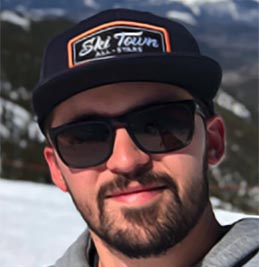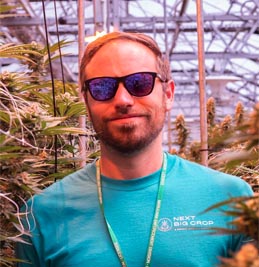By Christian Phelps, Director of Operations, and Rich Cardinal, Managing Director of Next Big Crop
Read a few articles about the cannabis industry and you will inevitably encounter a bold statement about how it’s going to be worth tens of billions, if not hundreds of billions annually. For business owners and investors, how much of that revenue ends up in your coffers depends largely on your production costs. That includes taxes and cannabis license costs, labor hours and keeping on the (very powerful) lights, among many other aspects.
Knowing how to analyze commercial cannabis production costs will tell you a lot about a business and its cultivators.
Fixed vs. Variable Commercial Cannabis Production Costs
There are two major categories that determine how much it costs to produce a pound of cannabis flower, and knowing how to distinguish between them is crucial to evaluating the performance of cultivators.
Fixed Costs
- Cultivation site: state and local taxes
- Employee labor costs
- Rent or mortgage expenses
Variable Costs
- Utility prices (gas, electricity, water)
- Nutrient type and quantity
- Grow medium
- Other input materials

The big question when evaluating cultivation managers is how efficient they are with their space and budget, but this breaks down into lots of little questions. Do they responsibly portion additives to maximize yield and quality, without overfeeding? Is the nutrient lineup and feeding schedule optimized for the plants at each growth stage? Are employees scheduled so that they don’t spend big chunks of their shift standing around? Are your utilities being managed to maximize efficiency without affecting the product that goes out the door? We can get more granular (and hopefully your cultivation manager is obsessing over these questions), but the end result will be influenced by your total variable costs.
When does commercial cannabis production get more cost-effective? "Part of it is the size of cultivation, and the other part would be adoption/reliance on automation. In reality, both are somewhat intertwined and occur in the 5-10k sq ft canopy range. There are a TON of variables that will go into the cost of production. I am comfortable with 5-10k because, at that point, you probably have 4-8 rooms and plants that are in various stages of production. This threshold will also coincide with an inflection point where it makes more sense to automate certain functions of your facility (irrigation) that will reduce labor requirements, etc."Christian Phelps - Director Of Operations - Next Big Crop
Why Do You Ask?
The distinction between fixed and variable costs (for cannabis production, not in the traditional accounting sense) matters when you are evaluating a business versus an individual cultivator.
The business is concerned with the entire picture, from the costs to start a grow operation, cannabis licensing fees, and the particulars of the local and state regulations.
To evaluate a cultivator, focus on the variable costs. Those will give you a broad sense of whether they are being efficient with their resources. That efficiency is what will ultimately drive your profits.
Success Rides on Cultivation Efficiency
An efficient business can produce a pound of cannabis for about $150—or even less—depending on the state and climate. On the opposite end of the spectrum, you could pay as much as $1,000 to grow the same pound of flower. That difference is tied to location and methodology, to be sure, but also cultivation efficiency.
Knowing how to parse fixed costs from variable ones allows you to see just how valuable a cultivator can be. More importantly, you can determine who the great cultivators are, because every successful cannabis business has a top-notch cultivator who is responsibly managing variable costs.
Learn more about Next Big Crop’s operations management and compliance services.

About The Author
As Director of Operations for Next Big Crop, Christian maximizes the value each department provides to our clients. He oversees license procurement, construction project management, facility design, systems integration, equipment & materials sourcing, management and compliance.
“Understanding business dynamics is at the heart of what I do.”

